A gentle introduction. Somewhere in the 2000s I came across the LEGO® SERIOUS PLAY® Method (LSP): I immediately became a fan :-)
A few years later, in 2010, the LEGO Group decided to offer its SERIOUS PLAY® Method as a community based model under the Creative Commons License Deed.
Later, in 2012, I discovered the Lego4Scrum simulation from Alexey Krivitsky: I was thrilled! Even though I was still learning Scrum on the job I thought to myself: I want to try this one day :-)
And I did! A few times!
Kaizen the Learning Experience
But something happened: after a few learning and improvement cycles, also known as iterations, the game that I play became very different from Alexey’s original one (by the way, you can get his Facilitation Guide version 2.0 here, or even better, his newest version in a book format here) and, within time, more “in tune” with the LEGO® SERIOUS PLAY® Method and the Theory behind it :-)
Let me share with you some of the most important changes I introduced over time, transforming Alexey’s original simulation into a “magical” Lean & Agile accelerated learning experience:
- The workshop Facilitator plays the Customer role, a “badass” one :-)
- Thus, if playing a Scrum-based game, all Teams are “Full Stack”, meaning, all of them have a Product Owner, a Development Team and a Scrum Master. The same logic applies to Kanban or Lean Teams.
- The workshop follows a modular design, either supporting Scrum, Kanban, Lean or any combination thereof.
- Regarding scaling, the current workshop design supports Scrum of Scrums, LeSS (“Standard” and“Huge”), Nexus or Scrum at Scale. We just need to choose the scaling approach we want to learn before hand.
- Also, as the current workshop design is modular, we can also “plug-and-play” a few extra modules. As of today, they are: Complex Adaptive Systems, Kaizen and Value Stream Mapping, and DevOps.
- On all Workshops, either Scrum-based or not, all Teams need to manage their own cash flow, meaning, they have money on the table to be accountable for the value conversion into revenue, and for managing their own costs, budget and net income :-)
- All Workshops have a self-organization pre-game, self-direction based, that is, it’s up to the Teams to: self-select members, set their own vision, mission, values, strategy and goals together with the organization (and they are the organization), working agreement, and of course, planning, managing, executing and monitoring their own work.
- Only a few restrictions are enforced up-front: the customer challenge, iteration timeboxes, delivery deadline, and a few game and organizational rules and boundaries to comply. No upfront theory, no backlog to start with, no estimations, no planning, etc… This, and other stuff, will emerge from the Teams while playing and learning together :-)
- And finally, I combined these 100% “pure-play” Lean & Agile game-based Workshops with the the “magic” of the LEGO® SERIOUS PLAY® Method!
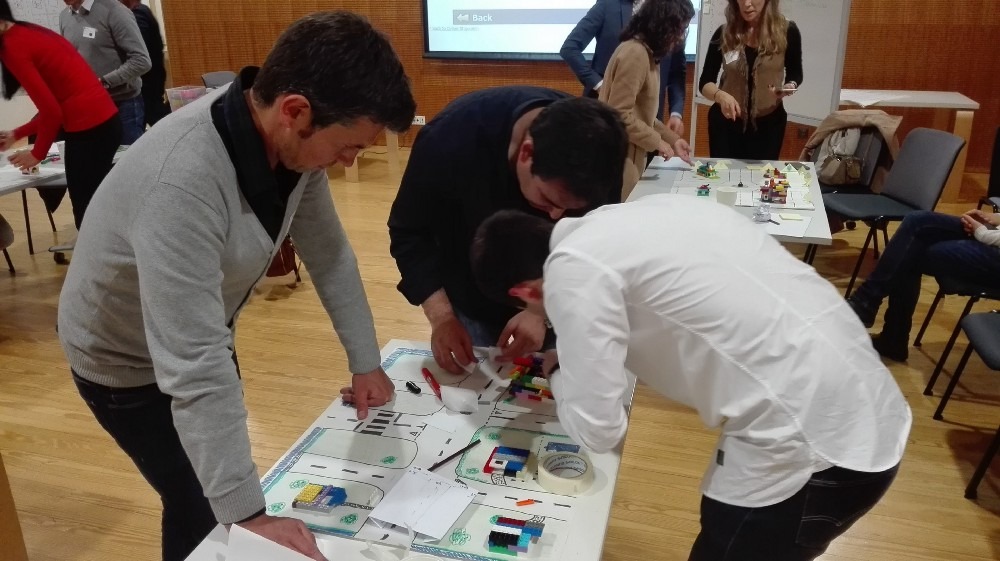
An Agile Team working on its Product Area.
Why?
Why did I change my source of inspiration? Here are the 3 main reasons:
- Because I always wanted to improve Alexey’s original simulation, reinforcing its Lean and Systems Thinking due to my Lean professional background and the lessons I learned while working as Product Owner for a Lean Manufacturing client.
- Because I always intended to do it, that is, blend the Scrum simulation created by Alexey Krivitsky with the LEGO® SERIOUS PLAY® Method and Theory developed by Johan Roos, Bart Victor, Kjeld Kristiansen, Matt Statler, David A. Owens, Paul H. Howells, Robert Rasmussen, Per Kristiansen and others :-)
- Because, as a firm believer of the Empirical Process Control Theory (also known as Empiricism), the same theory behind Scrum itself, I love to experiment new “cool stuff” :-) Simple as that. The way I see it: on every game I play I have the opportunity to create a new small shippable slice of the product (a workshop or training), inspect what and how I create it, and adapt the product and the way I build and deliver it, with built-in mechanisms for transparency to enable clear inspection (the final group feedback and my own self-reflection).
Workshop Offers
During the past years I have developed and facilitated the following LEGO® Lean & Agile Workshops, “powered” by the LEGO® SERIOUS PLAY® Method:
So, what is the LEGO® SERIOUS PLAY® Method?
Here’s a nice introductory video by Liquid Agency:
Final question
Did I introduce any change to the LEGO® SERIOUS PLAY® open-sourced Method to combine it with Lean & Agile team-based game simulations?
The answer is YES!
After a few game experiments and research, I decided to extend the original open-sourced Method by LEGO®. On an upcoming post I will share with you some of its details.
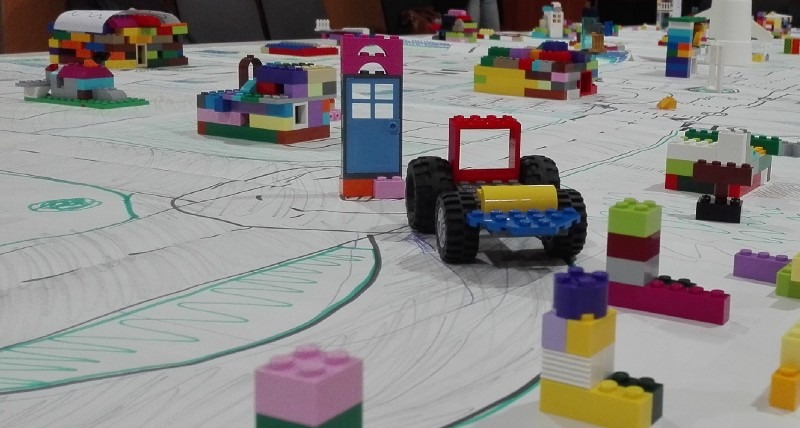
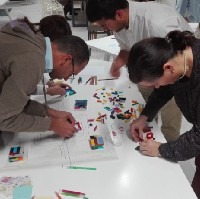 Agile, Scrum and DevOps — Let’s Play LEGO®
Agile, Scrum and DevOps — Let’s Play LEGO®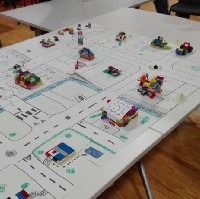 Scrum, Complexity and Kaizen — Let’s Play LEGO®
Scrum, Complexity and Kaizen — Let’s Play LEGO®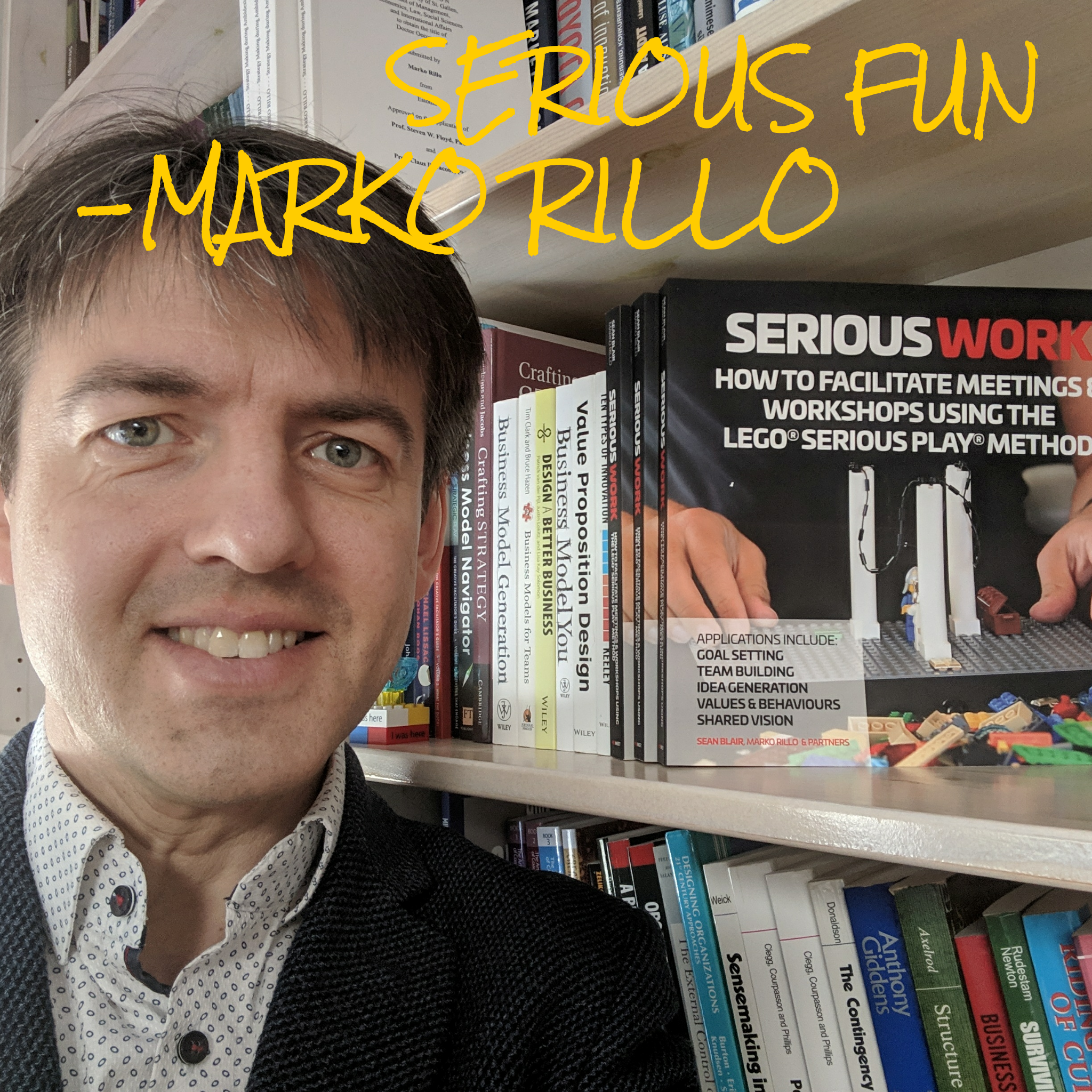

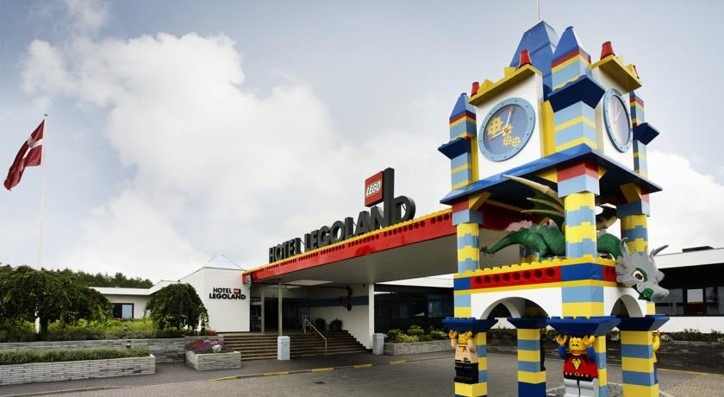
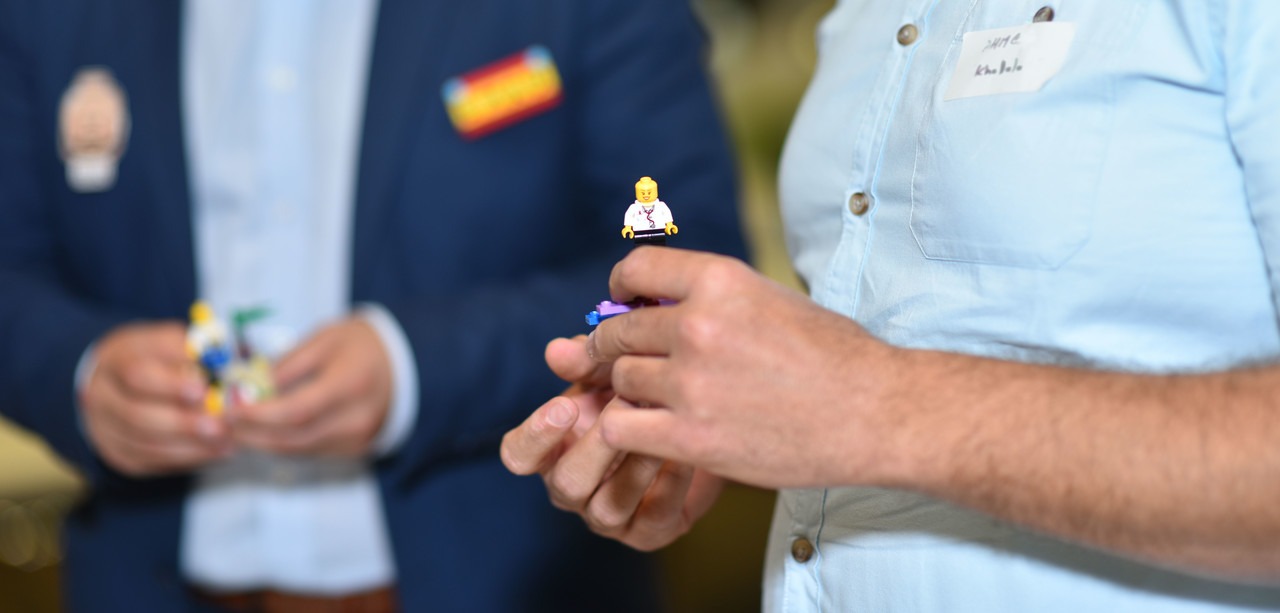
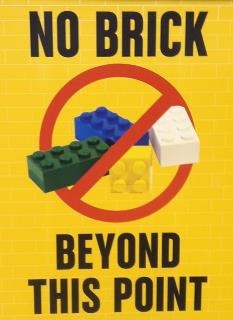
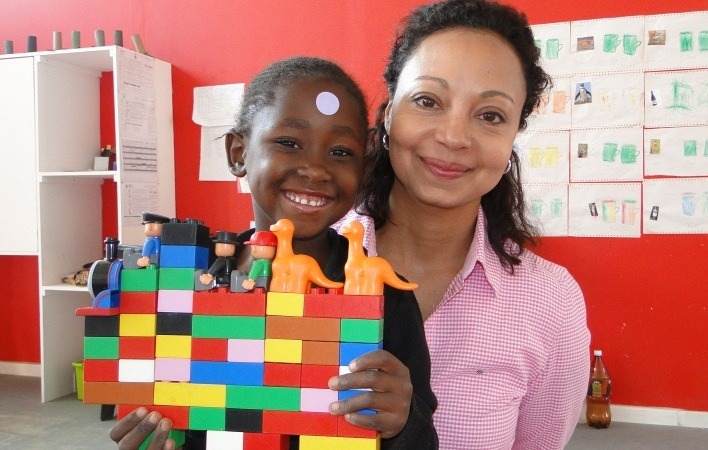
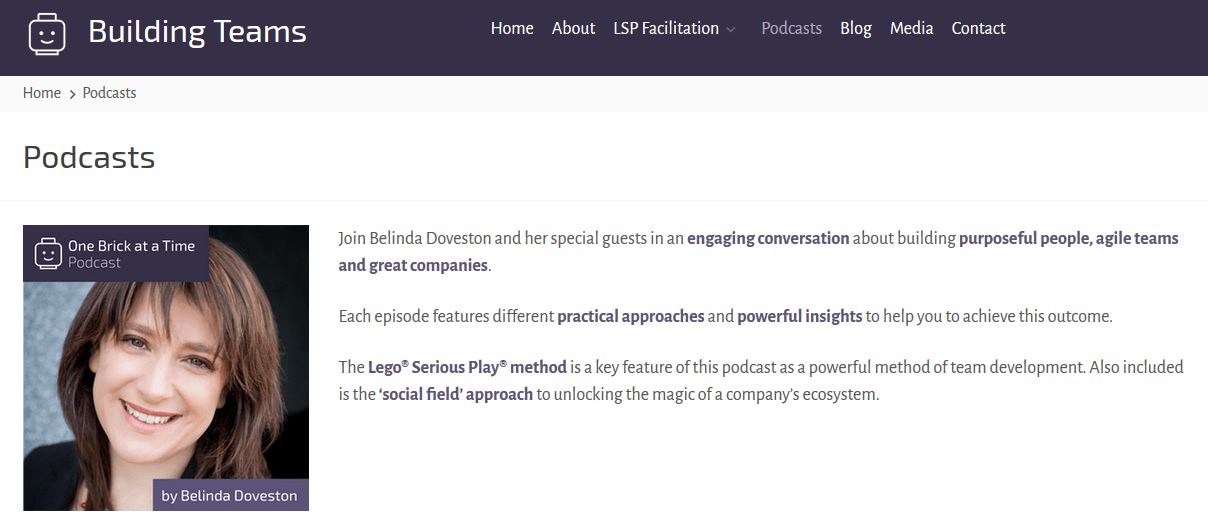

 Become a LEGO Serious Play facilitator - check one of the upcoming training events!
Become a LEGO Serious Play facilitator - check one of the upcoming training events!
This is great stuff. I did exactly the same and created a standard for it. Interesting you end up blending CAS theory because I am doing so in blending more of it including Cynefin framework and develop a business simulation based on that using VSM (when and where appropriate) as a backbone.